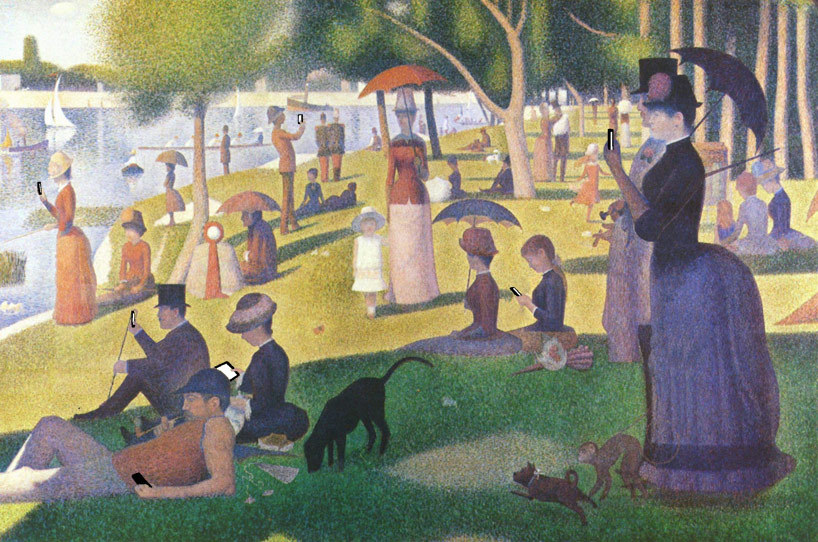In the early- and mid-twentieth century, the Great Migration of African Americans out of the South was a movement of tenant farmers fleeing Jim Crow for a chance at menial factory jobs in places like Cleveland and Detroit. More recently, the great flow in the opposite direction, from Rust Belt to Sun Belt, has seldom been motivated by any utopian political-religious dream; far more often, it’s been the desire to escape difficult economic circumstances.
This feature of American life has served the country’s economy well, if not always its culture. Writers from Henry David Thoreau to Theodore Dreiser to John Cheever may have decried the rootlessness in American life, but at whatever the price in urban anonymity or suburban anomie, the high mobility of American labor meant that a comparatively high share of the nation’s workforce migrated to wherever it could add the most economic value. As the population reduced its concentration in lower-wage areas and increased it in higher-wage areas, the effect was to gradually reduce inequality of income and opportunity, until something like an “American standard of living” emerged in the twentieth century. All told, according to a 2013 paper by Harvard economists Peter Ganong and Daniel Shoag, approximately 30 percent of the drop in hourly wage inequality that occurred in the United States between 1940 and 1980 was the result of the convergence in wage income among the different states during this period.
In our own time, though, all of that has changed. Americans are moving far less often than in the past, and when they do migrate it is typically no longer from places with low wages to places with higher wages. Rather, it’s the reverse. That helps explain why, since the 1970s, income inequality has gone up and upward mobility has (depending on who you ask) either stagnated or gone down.
The U.S., a country once remarkable for the flowing movement of its citizens seeking their fortune wherever it beckoned, has now entered a post-migratory phase. The question investigated by this article is why?
It turns out the most plausible culprit is the high cost of housing. Cities are one of the world's great technologies: good for the environment, increasing the productivity and incomes of all who move into them. Yet restrictive zoning laws in American cities has made it difficult for more people to move into them, amplifying income inequality in the country.
It's great, of course, if you can afford to live in San Francisco or New York or one of its wealthy surrounding territories. As you'd expect, most folks who live there love their huge houses and giant yards and don't want more development driving down the price of their properties.
But for society as a whole, the soaring rents in American cities is a disturbing trend. My cost of living more than doubled when I moved from Los Angeles to San Francisco, and it shows no sign of slowing down. I can't imagine what it would have been like for someone moving from a more affordable city or suburb. For now, technology companies in the Bay Area can mitigate the impact on its hiring by just increasing what it pays its employees, but that can't continue ad infinitum. Eventually, companies may have to consider building more affordable housing, almost like dormitories, for young workers fresh out of school, or they should join the chorus of voices pushing the local governments to ease up on zoning restrictions.
Among that chorus of voices, it's unlikely you'll find those who've managed to get a foothold in those neighborhoods. After all, the whole point of moving up the economic ladder is membership in an elite and exclusionary club, isn't it?
Yogi Berra supposedly once said, “Nobody goes to that restaurant anymore. It’s too crowded.” We might similarly observe, “Nobody moves to that state anymore. It offers too much economic opportunity.” It doesn’t make any sense, but that’s life in our present post-migration era. For all his historic foresight, Greeley could never have imagined an outcome so undemocratic and economically perverse.
UPDATE: Found another related article open in one of my browser tabs.:
In a nutshell, San Francisco is expensive for myriad reasons—some positive, like the city’s successful transition from an industrial to a post-industrial economy and its walkability; others negative, like the NIMBYism that leads to fights over high-density development every step of the way:
Unfortunately, it worked: the city was largely “protected” from change. But in so doing, we put out fire with gasoline. Over the past two decades, San Francisco has produced an average of 1,500 new housing units per year. Compare this with Seattle (another 19th century industrial city that now has a tech economy), which has produced about 3,000 units per year over the same time period (and remember it’s starting from a smaller overall population base). While Seattle decided to embrace infill development as a way to save open space at the edge of its region and put more people in neighborhoods where they could walk, San Francisco decided to push regional population growth somewhere else.



